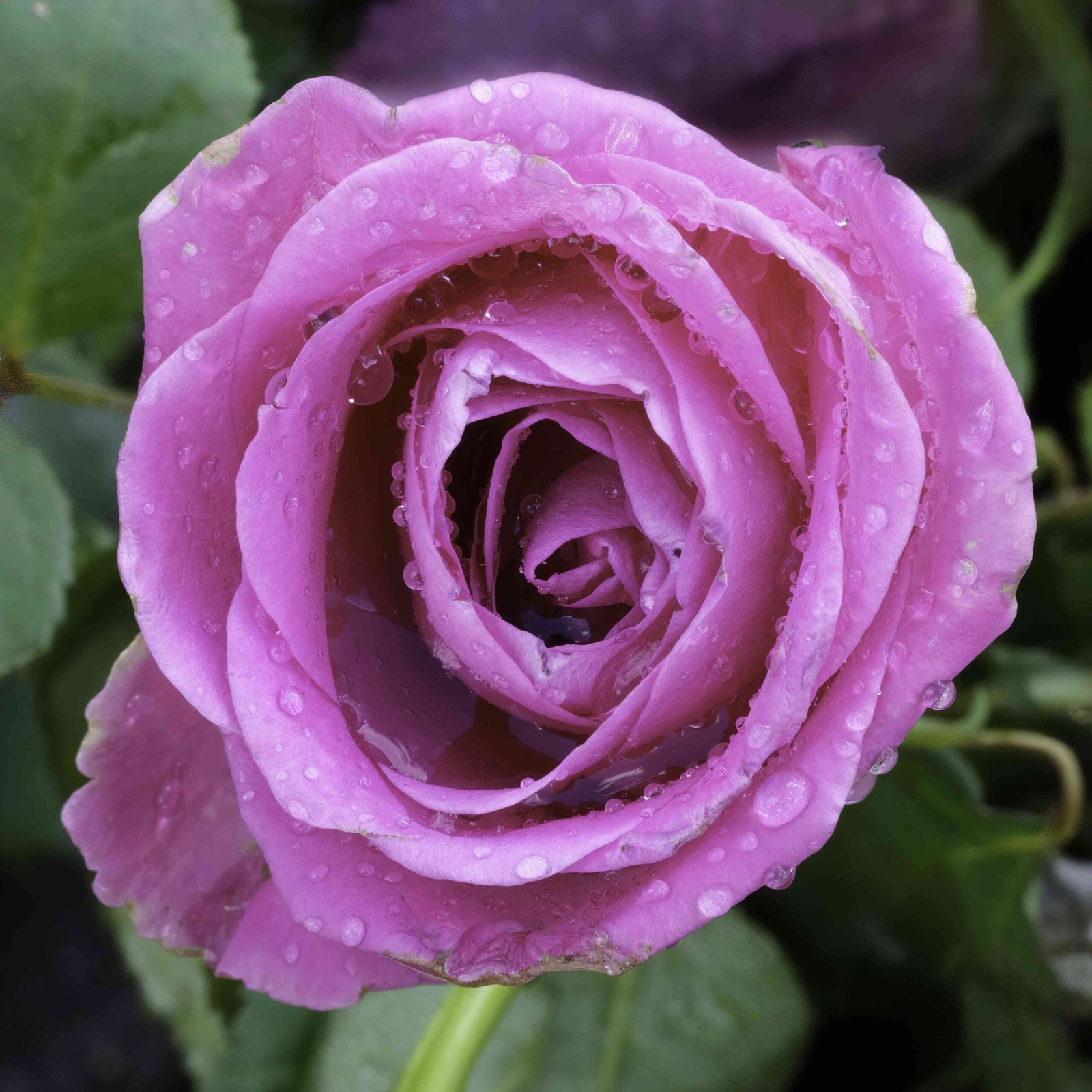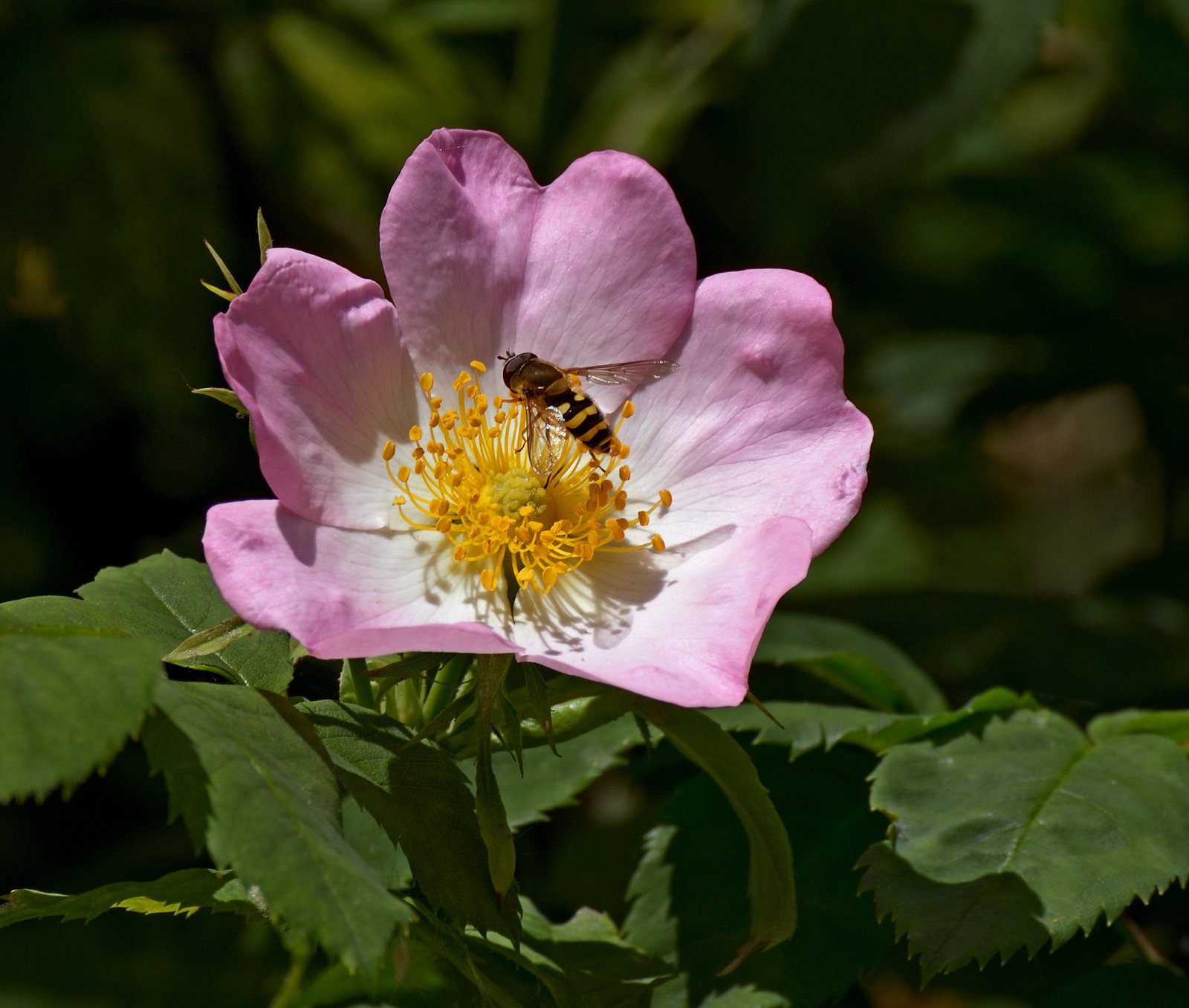What Are the Steps to Clean Rose Petals for Rose Water?

To ensure the purity and quality of the rose water, it is crucial to clean the rose petals thoroughly. Here are the steps to follow:
Step 1: Selection and Preparation
- Choose fresh, organic rose petals. Ensure the roses are not sprayed with pesticides or chemicals.
- If using fresh roses, remove the petals from the stems. For dried petals, skip this step.
Step 2: Rinsing
- Gently mist the fresh rose petals with tap water from a mist spray bottle to clean them. Be careful not to bruise the petals.
- Remove any dirt, bugs, or debris from the petals.
Step 3: Soaking (Optional)
- While soaking is not always necessary, some methods involve soaking the roses in softened water. For example, a method described in a patent involves soaking freshly picked roses in softened water for 1-4 hours.
Step 4: Final Rinse
- After any initial cleaning or soaking, give the petals a final rinse with cold water to remove any remaining impurities.
What Tools and Materials Are Needed to Clean Rose Petals?

- Mist Spray Bottle: For gently cleaning the petals without bruising them.
- Large Pot or Saucepan: For simmering or distilling the rose petals.
- Glass Bowl: A heat-proof bowl to collect the rose water during the distillation process.
- Strainer: A fine mesh strainer to strain the rose water after the process is complete.
- Distilled Water: Preferably used to cover the rose petals to ensure purity and prevent contamination.
What Are the Best Practices for Sourcing and Selecting Rose Petals?
- Organic Petals: Opt for organic rose petals to ensure they are free from pesticides and chemicals. Look for certifications such as USDA Organic or similar standards in your region.
- Freshness: Use fresh rose petals for the best fragrance and benefits. If using dried petals, ensure they are stored properly to maintain their quality.
- Source: Obtain roses from your own garden, a local farmer, or a trusted florist who can guarantee the roses are chemical-free.
What Are the Common Challenges and Solutions When Cleaning Rose Petals?
- Bruising the Petals: Handle the petals gently to avoid bruising them. Use a mist spray bottle for cleaning instead of direct water pressure.
- Contamination: Ensure all equipment is clean and sterilized before use. Use distilled water to minimize the risk of contamination.
- Pesticide Residues: Always choose organic or chemical-free roses. If in doubt, contact the supplier or grower to confirm the roses are pesticide-free.
Reference:
[1] https://lovelygreens.com/how-to-make-rose-water-toner/
[2] https://patents.google.com/patent/US5888548A/en
[3] https://frolicandfare.com/how-to-make-rose-water-at-home/
[4] https://www.healthline.com/health/beauty-skin-care/how-to-make-rose-water
